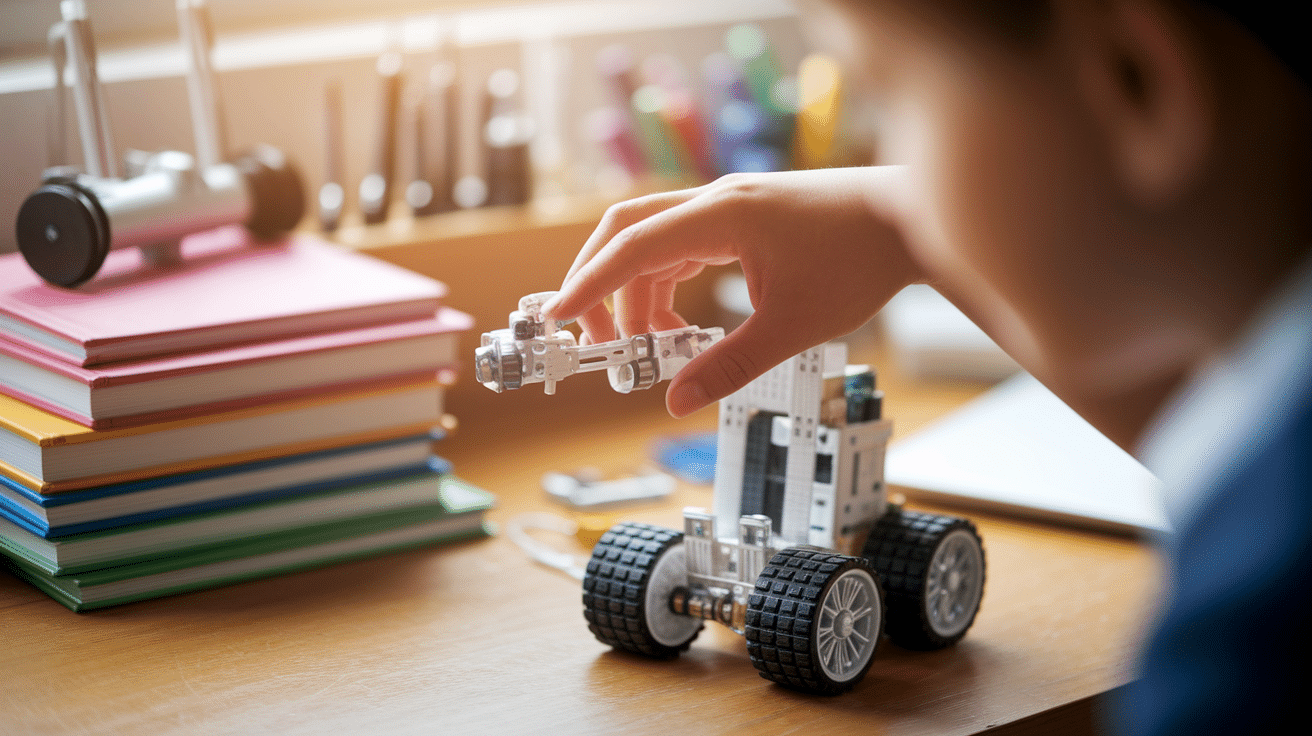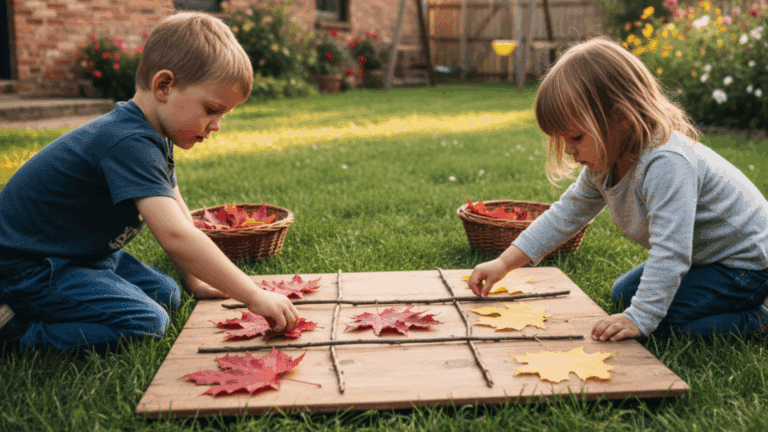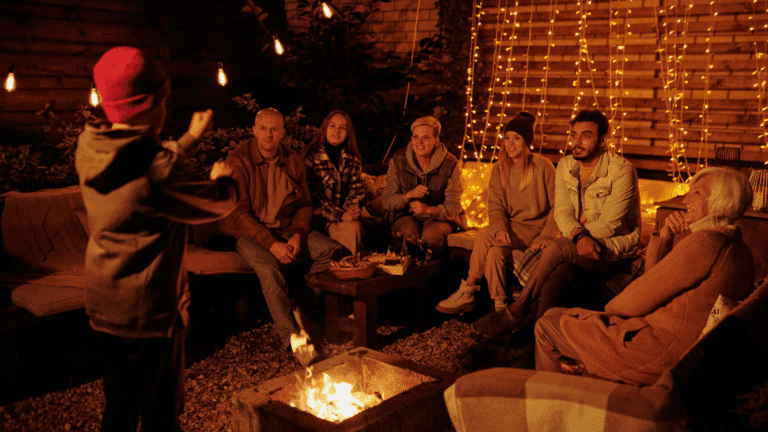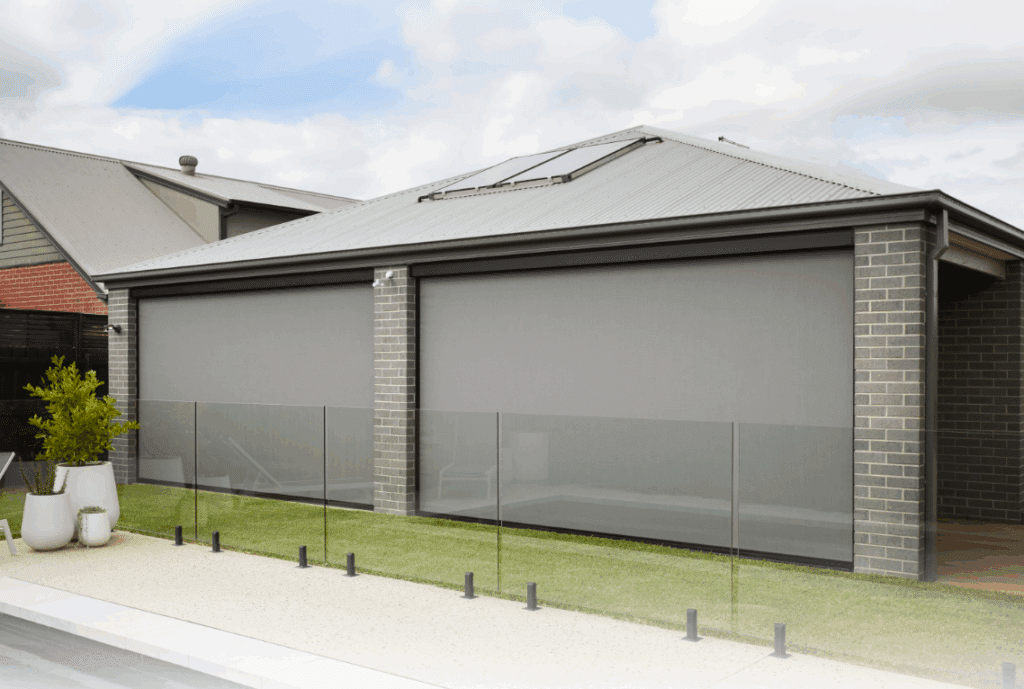STEM projects offer an exciting gateway for children to explore science, technology, engineering, and mathematics through hands-on learning.
These engaging activities transform complex concepts into fun, interactive experiences that spark curiosity and creativity. From building simple rockets and creating homemade lava lamps to constructing circuit boards and designing water-powered devices, easy STEM projects make learning an adventure.
They provide children with opportunities to experiment, problem-solve, and discover the wonders of scientific principles in a playful, accessible manner.
By turning everyday materials into tools of exploration, these projects break down intimidating scientific concepts into enjoyable, achievable challenges.
What Does STEM Stand For?
STEM stands for Science, Technology, Engineering, and Mathematics, representing a multidisciplinary approach to education. These subjects are often taught in an integrated manner to encourage real-world application and deeper understanding.
By combining theoretical knowledge with practical activities, STEM helps students develop essential skills such as critical thinking, problem-solving, and innovation.
It sparks curiosity and fosters an interest in exploring complex concepts. As the world becomes increasingly driven by technology and innovation, STEM education prepares students for future careers in industries such as engineering, data science, and environmental studies.
Why are STEM Projects Important?
STEM projects are vital because they provide hands-on learning experiences that encourage creativity and innovation. By engaging in these activities, children enhance their critical thinking, problem-solving, and collaboration skills.
STEM projects also foster curiosity and a deeper understanding of scientific and technological principles. They allow students to see the direct application of what they learn in the classroom to real-world scenarios, making education more meaningful and engaging.
Furthermore, STEM projects promote teamwork, as students often collaborate to find solutions to challenges. As industries continue to evolve, having a strong foundation in STEM equips children with the skills needed to thrive in a technology-driven world, making STEM education essential for future success.
Ultimately, STEM aims to inspire the next generation of thinkers, creators, and leaders, equipping them with the tools necessary to tackle global challenges.
Easy & Fun STEM Project Ideas for Kids

STEM projects provide a fun and engaging way for kids to explore concepts in science, technology, engineering, and mathematics. These hands-on activities encourage creativity, problem-solving, and critical thinking while making learning interactive.
Here are some easy STEM projects that will captivate young minds and provide hours of educational fun.
-
Baking Soda Rocket: Use baking soda and vinegar to launch a small rocket.
-
Homemade Lava Lamp: Create a glowing lava lamp using oil, water, and food coloring.
-
Build a Straw Bridge: Construct a bridge using straws and test its weight-bearing capacity.
-
Create a Circuit with Play-Doh: Build a simple circuit using conductive Play-Doh to light up an LED.
-
Simple Balloon-Powered Car: Create a car powered by air from a balloon.
-
Make Your Own Volcano: Simulate a volcanic eruption using baking soda and vinegar.
-
DIY Rainbow in a Jar: Layer liquids of different densities to create a rainbow effect in a jar.
-
Egg Drop Challenge: Drop an egg from a height without breaking it using a self-made protective structure.
-
Grow Crystals from Salt: Grow salt crystals by dissolving salt in water and letting it evaporate.
-
Build a Simple Catapult: Create a catapult using popsicle sticks and rubber bands to launch objects.
-
Make a Tornado in a Bottle: Simulate a tornado by spinning two bottles of water together.
-
DIY Water Filter: Build a simple water filter using natural materials to clean dirty water.
-
Create a Solar Oven: Use sunlight to cook food by creating a reflective solar oven.
-
Build a LEGO Gear Mechanism: Assemble LEGO pieces to create a working gear mechanism.
-
Static Electricity Butterfly: Use static electricity to make a paper butterfly fly.
-
Make a Paper Helicopter: Design and test how a paper helicopter spins as it falls.
-
Create a Floating Boat with Aluminum Foil: Build a boat out of foil and test how much weight it can hold without sinking.
-
Magnet Exploration: Experiment with different materials to see which are magnetic.
-
Water-Electricity Generator: Build a simple water-powered generator to light up a small LED.
-
Floating Egg Experiment: Test how saltwater can make an egg float by increasing its density.
-
Make a Potato Battery: Power a small light using the chemical reaction between copper and zinc in a potato.
-
Lemon Volcano: Use lemon juice to trigger a fizzing volcanic eruption.
-
Building a Marble Roller Coaster: Construct a roller coaster for a marble using paper or foam tubing.
-
DIY Cloud in a Bottle: Create a cloud inside a plastic bottle using pressure changes.
-
Paper Airplane Launcher: Design a device that launches paper airplanes for distance and accuracy.
-
Build a Solar-Powered Car: Construct a simple car that runs on solar energy.
-
Floating Ping Pong Ball: Use a hairdryer to suspend a ping pong ball in mid-air with air flow.
-
Make Your Own Compass: Create a simple compass using a needle and magnet.
-
Make a Kaleidoscope: Build a kaleidoscope to see geometric patterns using mirrors and beads.
-
Design a Water-Powered Clock: Make a clock that runs on water to understand hydroelectricity.
-
Create a Circuit with LED Lights: Use basic circuit-building materials to light up LEDs.
-
Balloon-Powered Boat: Design a boat propelled by the air from a balloon.
-
Build a Simple Windmill: Create a windmill and observe how it converts wind energy to mechanical power.
-
Make a Simple Barometer: Measure air pressure changes with a homemade barometer.
-
DIY Slime: Mix common ingredients like glue and baking soda to make slime.
-
Make a Paper Circuit: Use conductive tape and a battery to create a working circuit on paper.
-
Build a Simple Electric Motor: Build an electric motor using magnets, copper wire, and a battery.
-
Design an Air-Powered Rocket: Launch a rocket using the power of compressed air.
-
DIY Hydroelectric Power Plant: Create a simple hydroelectric model to generate power.
-
Create a Waterwheel: Build a waterwheel and use it to turn a small generator or lift water.
-
Gummy Bear Osmosis Experiment: Observe osmosis by soaking gummy bears in different liquids.
-
Sponge Water Transport System: Use sponges to demonstrate how plants absorb and transport water.
-
Make a Spinning Top: Create a spinning top and observe its motion and balance.
-
Create a Rain Gauge: Measure rainfall using a homemade rain gauge.
-
Make a Bird Feeder: Construct a bird feeder using recycled materials and watch birds visit.
-
Build a Simple Pulley System: Use pulleys to lift and move objects in a simple system.
-
DIY Sundial: Make a sundial to tell time based on the position of the sun.
-
Create a Balloon Rocket Launcher: Build a rocket launcher powered by the air in a balloon.
-
Ice Cube Geodes: Create geodes by freezing colored water inside ice cubes.
-
Build a Paper Circuit Board: Create a circuit board with paper, LEDs, and conductive tape.
-
Make a Volcano Eruption Simulation: Simulate a volcanic eruption with baking soda and vinegar.
-
Create a Recycled Paper Plant Pot: Recycle paper and turn it into a biodegradable plant pot.
-
Design a Butterfly Lifecycle Chart: Illustrate the lifecycle of a butterfly with pictures and labels.
-
Make a Robot Hand: Build a simple mechanical hand using straws and string.
-
DIY Water Bottle Rocket: Launch a water bottle rocket by filling it with water and air pressure.
-
Bubble Science: Experiment with different solutions to create the best bubble mixture.
-
Make a Penny Boat: Design a small boat out of aluminum foil and see how many pennies it can hold before sinking.
-
Create a Simple Compass: Construct a basic compass to show the Earth’s magnetic field.
-
Make a Solar-Powered Oven: Build an oven that uses solar energy to cook food.
-
Floating Water Maze: Design a maze that a floating object must navigate using water currents.
-
Design a Building with Marshmallows: Build a structure out of marshmallows and toothpicks to test stability.
-
Magnet Fishing Game: Create a fishing game using magnets to pick up “fish” with metal paperclips.
-
DIY Sensory Bottle: Create a calming sensory bottle using glitter, water, and food coloring.
-
Create a Marshmallow Launcher: Design a launcher to propel marshmallows across a room.
-
DIY Lava Lamp with Oil and Water: Make a lava lamp using oil, water, and food coloring.
-
Make a Parachute for an Egg: Build a parachute to slow the descent of an egg dropped from a height.
-
Explore Newton’s Laws with a Ball: Demonstrate Newton’s laws using different ball experiments.
-
Build a Rubber Band Powered Car: Design a car powered by the energy stored in rubber bands.
-
DIY Eggshell Geode: Create a geode using eggshells and crystal-growing materials.
-
Solar-Powered Water Heater: Make a solar-powered water heater to understand renewable energy.
-
Build a Simple Gumball Machine: Construct a simple working gumball machine using everyday materials.
-
Create a Flying Bird Kite: Build a kite in the shape of a bird and test how it flies in the wind.
-
Build a Water-Powered Rocket: Design a rocket that uses water as propulsion.
-
Make a Simple Pendulum: Create a pendulum to study oscillation and gravity.
-
Design a Straw Rocket Launcher: Use straws and paper to create a rocket launcher.
-
Build a Simple Hydraulic System: Demonstrate the basics of hydraulics using syringes and tubes.
-
Create a Recycled Watering Can: Repurpose old bottles to create a homemade watering can.
-
Make a LEGO Windmill: Construct a windmill out of LEGO pieces to explore wind energy.
-
Design a Simple Robot Arm: Build a robotic arm using straws, rubber bands, and string.
-
Balloon-Powered Lift Off: Use the power of a balloon to create a lift-off mechanism.
-
Create a Spin Art Machine: Build a spinning machine to create colorful art with paint.
-
Design a Marble Run: Use cardboard or tubing to design a maze for marbles to race through.
-
Build a Robot from Recycled Materials: Create a robot using recycled materials and basic motors.
Additional Tips for Successful STEM Projects
To make STEM projects both educational and enjoyable for kids, here are some key tips to keep in mind:
-
Hands-On Learning: Let kids experiment and fail—it’s part of the learning process and helps build resilience.
-
Encourage Curiosity: Ask open-ended questions to inspire critical thinking and deeper exploration of the results.
-
Safety First: Ensure all materials used are safe and suitable for the child’s age and ability.
-
Keep It Fun: Keep projects interactive and fun to maintain enthusiasm and engagement.
-
Incorporate Real-World Applications: Relate the project to real-world situations, like construction or weather, to show practical uses of STEM concepts.
By following these tips, you’ll ensure a positive and enriching experience for kids as they explore the world of STEM!
The Bottom Line
Easy STEM projects are more than just entertaining activities; they are powerful educational tools that prepare children for a future driven by innovation and technological advancement.
These hands-on experiences cultivate critical thinking, creativity, and problem-solving skills that extend far beyond the immediate project.
By encouraging children to experiment, fail, and learn from their mistakes, STEM projects build resilience and confidence.
They demonstrate that learning is an exciting trip of finding, where curiosity leads to understanding and imagination changes into tangible solutions. Ultimately, these projects inspire the next generation of scientists, engineers, and innovators.


















